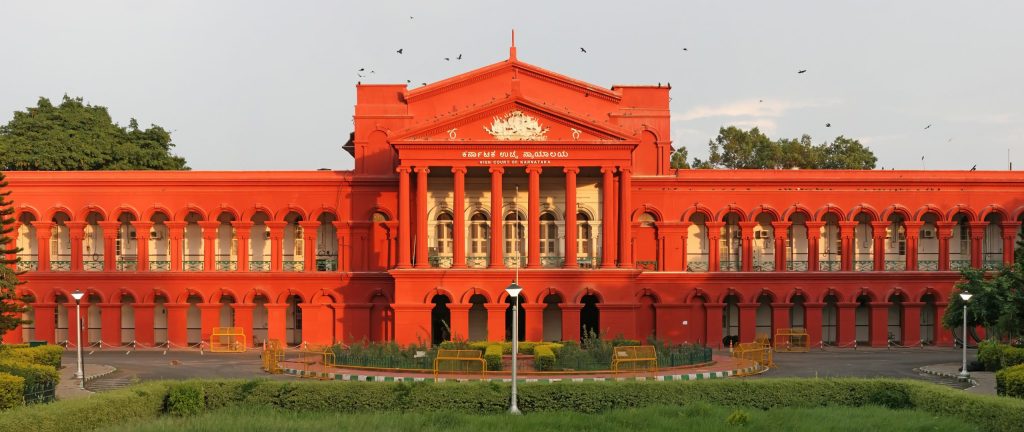Now Reading: How Former PM Manmohan Singh revolutionized Indian Economy in 1991-92
-
01
How Former PM Manmohan Singh revolutionized Indian Economy in 1991-92
How Former PM Manmohan Singh revolutionized Indian Economy in 1991-92
India displayed the economy within the early nineties following a serious crisis that led by a foreign exchange crunch that dragged the economy near to defaulting on loans. The country ran out of foreign exchange reserves. To face the crisis situation, the government decided to bring about major economic reforms to revive the Indian economy. These reforms were popularly referred to as ‘structural adjustments’ or ‘liberalization’ or ‘globalization’. The government proclaimed a brand new policy on July 24, 1991. This new model of economic reforms is commonly known as the LPG or Liberalisation, Privatisation and Globalisation model.

Former Prime Minister of the country, P. V. Narasimha Rao initiated ground breaking reforms. Dr. Manmohan Singh was the Finance Minister at that time he assisted Narasimha Rao and played a key role in implementing these reform policies. While two-time finance minister Yashwant Sinha’s quick thinking helped India initially stand guard against the Balance of Payments (BoP) crisis in 1990-91, it was Manmohan Singh who fixed the economy and ushered during a new era of economic development. The reforms did away with the License raj, reduced tariffs and interest rates and terminated several public monopolies, allowing automatic approval of foreign direct investment in several sectors. The primary objective of this model was to form the economy of India the quickest developing economy within the globe with capabilities that facilitate it match up with the largest economies of the globe.
“In sum, the crisis in the economy is both acute and deep. The origins of the problem are directly traceable to large and persistent macro-economic imbalances and the low productivity of investment, in particular, the poor rates of return on past investments,” Singh said during his budget speech.
“Macro-economic stabilisation and fiscal adjustment alone cannot suffice. They must be supported by essential reforms in economic policy and economic management, as an integral part of the adjustment process, reforms which would help to eliminate waste and inefficiency and impart a new element of dynamism to growth processes in our economy,” Singh said.
Manmohan Singh then proposed foreign investment and use of foreign technology to increase productivity and ensure rapid modernisation of India’s financial and public sectors.
Let us understand, What is LPG?
Liberalization- Liberalization refers to the method of creating policies less restricting of economic activity and also reduction of tariff or removal of non-tariff barriers
Privatization- The term “Privatisation” refers to the transfer of ownership of property or business from a government to a private owned entity.
Globalization- Globalisation refers to the expansion of economic activities across political boundaries of nation states.
More significantly maybe it refers economic interdependency between countries within the world economy. The major objective of the LPG policy-
1) Utilizing fully the indigenous capabilities of entrepreneurs.
2) Fostering research and development efforts for the development of indigenous technologies.
3) Raising investments.
4) Removing regulator system and other weaknesses.
5) Improvement in efficiency and productivity.
6) Controlling monopolistic power.
7) Assigning the right areas for the public sector undertakings.
8) Ensuring welfare as well as skills and facilities to the employees to enable them to face new technologies.
9) Retaining the capability to earn our own foreign currency through exports.
10) To achieve self-reliance.
Highlights of the LPG Policy
Following are salient highlights of the Liberalisation, Privatisation and Globalisation Policy in India:
- Abolition of Industrial licensing / Permit Raj
- Public sector role diluted
- MRTP limit goes
- starting of privatisation
- Freer entry to foreign investment and technology
- Industrial location policy liberalized
Limitations of LPG policy-
- Low Growth of Agriculture Sector- Agriculture has always been and still remains the backbone of the economy of this country. It plays a significant role not solely in Providing food and nutrition to the individuals, however additionally in providing of supply to industries and to export trade. In 1991, agriculture provided employment to 72% of the population and contributed 29.02per cent of the gross domestic product. However, in 2014 the share of agriculture within the GDP went down drastically to17.9 per cent. This has resulted during a lowering the per capita income of the farmers and increasing rural financial liability. GDP compositions in 2014 are as follows: Agriculture (17.9%), trade (24.2%) and Services (57.9%).
- Threat from foreign competition- because of opening the Indian economy to foreign competition through liberalisation and FDI policy a lot of MNC’s which are attracted towards India since 1991 reforms and that they are competitive native businesses and corporations. Since, these MNC’s have heap of monetary capability or those are massive organizations with advanced foreign technology thus, they need massive production capability and large finance for promotion and alternative research activities they’re simply defeating our Indian native corporations. And they had acquired several Indian corporations as well. as a result of money constraints, lack of advanced technology and production inefficiencies our Indian corporations face drawback during this globalization span.
- Adverse Impact on Environment- globalization has conjointly contributed to the destruction of the surroundings through pollution and clearing of vegetation cowl. With the construction of corporations, the emissions from producing plants are inflicting environmental pollution that farther affects the health of the many peoples. The construction conjointly destroys the vegetation cover that is necessary in the survival of every human and animals.
- Increase in financial gain disparity- globalization results in widening financial gaps at intervals the country. Globalization advantages only to those that have the abilities and also the technology within the country. the larger rate of growth achieved by an economy will be at the expense of declining incomes of individuals who might be rendered redundant. Globalization has widened the gap between the wealthy and poor, rises inequalities.
Conclusion
Economic reforms have an important impact on Indian economy. There are several changes in Indian economy, after adaptation of the policy of LPG i.e. Liberalisation, Privatisation and Globalisation in 1991. Because of these reforms many good things are happened like increase in the India’s GDP growth rate, Foreign direct Investment and Per Capita Income. Policy has facilitated the flow of foreign capital, technology and managerial expertise thereby improving efficiency of industry. Also, unemployment rate is reduced. Though there are certain negative impacts are also there like low growth of agriculture sector, adverse impact on environment etc.
The budget announced by Manmohan Singh for the year 1991-92 remains one of the most reformative budgets the country has ever witnessed. Manmohan Singh as Finance Minister, freed India from the Licence Raj, source of slow economic growth complex company laws and corruption in the Indian economy for decades. He liberalised the Indian economy, allowing it to speed up development dramatically. He took some tough but calculated decisions which the country was in need to overcome the crisis it was going through. Lastly, we can conclude that development in India speeds up due to the implementation of this policy.
Author: Vrishti Chawla, Summer Legal Intern 2019 at Legal Desire









